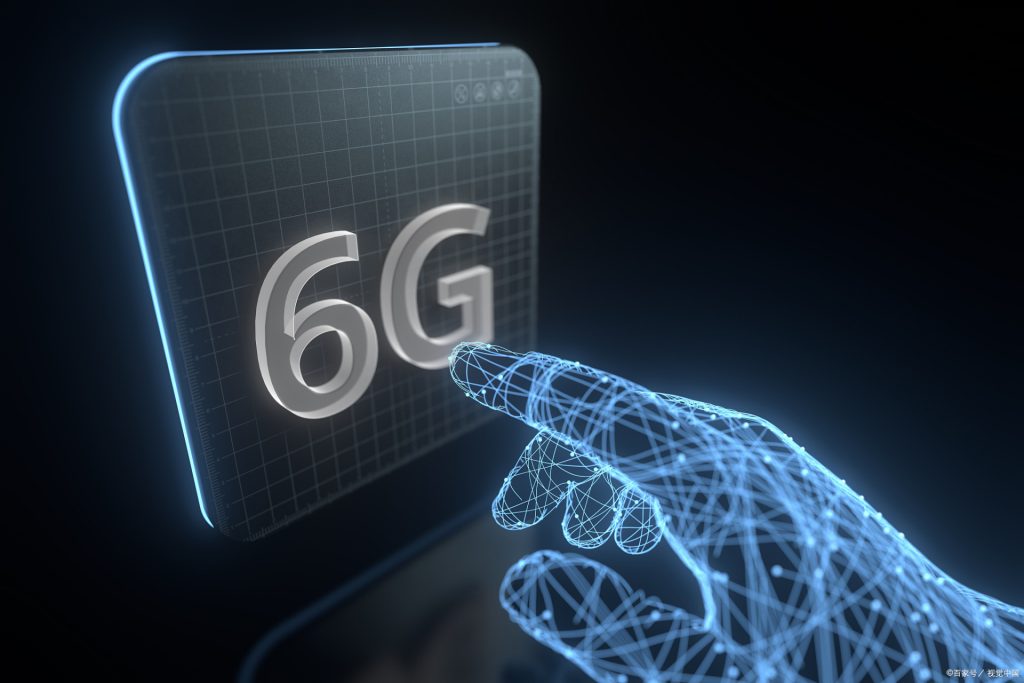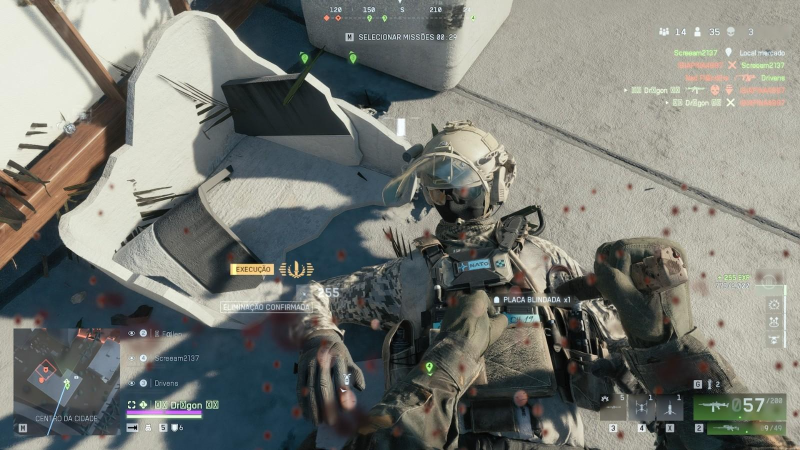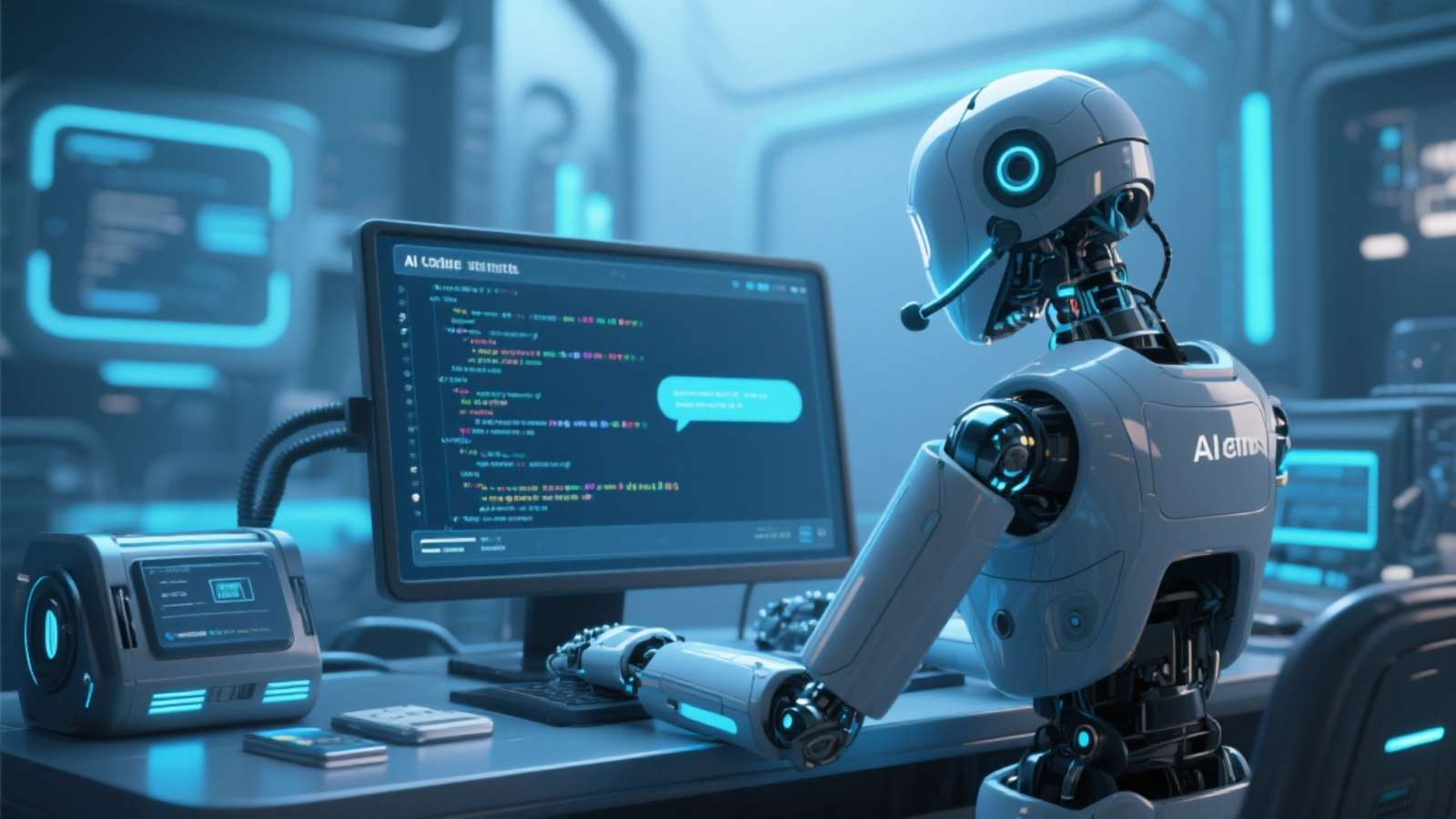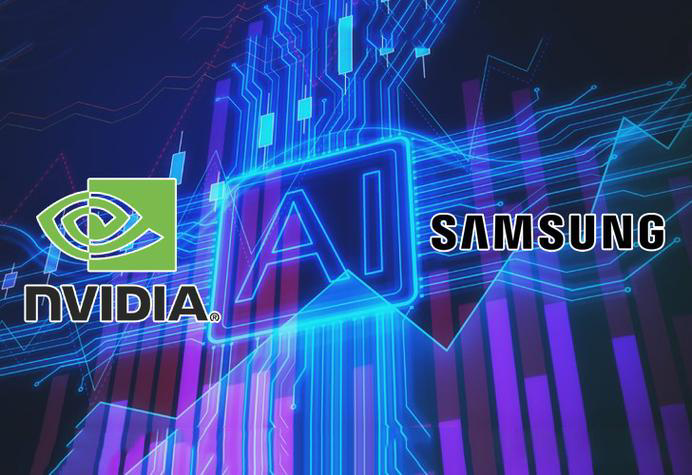
Although the precise technical definition of 6G networks is still some time away from being determined, it is evident that one of the biggest challenges facing 6G network deployment will be the inherent coverage limitations of its high-frequency spectrum. To address this issue, Nokia and Rohde&Schwarz collaborated to create and test a 6G wireless receiver using artificial intelligence technology, aimed at overcoming potential limitations.
This global communication technology provider and testing and measurement company is confident in their research and development achievements – that is, the use of machine learning AI driven receiver technology – which can significantly improve the future 6G coverage, achieve cost savings, and accelerate product time to market.
From the perspective of core technology foundation, this AI technology aims to identify and compensate for distortions in wireless signals, thereby significantly improving 6G uplink coverage.
Specifically, the machine learning function in the receiver aims to significantly increase the uplink distance and enhance the coverage range of the upcoming 6G network. This will help operators deploy 6G on the basis of existing 5G coverage, reduce deployment costs, and accelerate product time to market.
Nokia Bell Labs developed this receiver and validated it using Rohde&Schwarz’s 6G testing equipment and methods. The two companies stated that they tested this AI receiver under real environmental conditions, and compared to existing receiver technologies, the improvement in uplink distance reached 10% to 25%.
The testing platform includes an R&S SMW200A vector signal generator for uplink signal generation and channel simulation. At the receiving end, the FSWX signal spectrum analyzer from Rohde&Schwarz was used to perform AI inference for the Nokia AI receiver.
In addition to enhancing coverage, the two companies also pointed out that the AI technology has demonstrated the ability to improve throughput and power efficiency, bringing multiple benefits to the 6G era.
When evaluating the project work, Peter Vetter, President of Core Research at Nokia Bell Labs, stated, “One of the key issues facing future 6G deployment is the inherent coverage limitations of the 6G high-frequency spectrum. Usually, we need to build a denser network and add more base stations to overcome this problem. However, by enhancing the coverage capability of 6G receivers, AI technology will help us build 6G infrastructure on top of the current 5G coverage range. “
Michael Fischlein, Vice President of Spectrum and Network Analyzer, EMC, and Antenna Testing at Rohde&Schwarz, added, “Rohde&Schwarz is excited to collaborate with Nokia to explore AI driven 6G receiver technology. With over 90 years of testing and measurement experience, we have a unique advantage in supporting the development of next-generation wireless technology, enabling us to evaluate and optimize AI algorithms during this critical pre standardization phase. This collaboration is built upon our long history of innovation and demonstrates our commitment to shaping the future of 6G. “
The collaboration with Rohde&Schwarz only took place one week after Nokia announced its strategic partnership with Nvidia, which aims to add the former’s AI driven RAN products to Nokia’s RAN product portfolio, enabling communication service providers to launch AI native 5G Advanced and 6G networks on Nvidia’s platform.
Through their AI-RAN system, Nokia and Nvidia are confident that mobile operators can improve performance and efficiency, while enhancing network experiences for future generative AI and intelligent AI applications and experiences. They will be able to introduce AI services for 6G using the same infrastructure, supporting billions of new connections such as cars, robots, drones, augmented reality, and virtual reality glasses that require edge connectivity, computing, and sensing.
Q&A
Q1: What are the characteristics of the AI driven 6G receiver jointly developed by Nokia and Rohde&Schwarz?
A: This AI driven 6G receiver utilizes machine learning technology to identify and compensate for distortions in wireless signals, significantly improving 6G uplink coverage. In real-world testing, compared to existing receiver technologies, the improvement in uplink distance can reach 10% to 25%, while also improving throughput and power efficiency.
Q2: Why does 6G network need AI technology to solve coverage issues?
A: 6G networks use high-frequency spectrum and have inherent coverage limitations. Traditional solutions require the construction of denser networks and more base stations, which is costly. AI technology can help operators deploy 6G on top of existing 5G coverage by enhancing receiver coverage, reducing deployment costs, and accelerating product time to market.
Q3: What impact will this 6G receiver technology have on the future communication industry?
A: This technology will help mobile operators improve network performance and efficiency, providing a better network experience for future generative AI and intelligent AI applications. At the same time, it can provide edge connectivity, computing, and sensing support for billions of new connected devices such as cars, robots, drones, augmented reality, and virtual reality glasses.















暂无评论内容